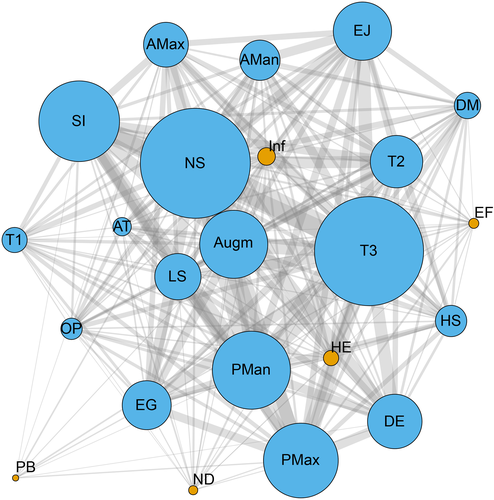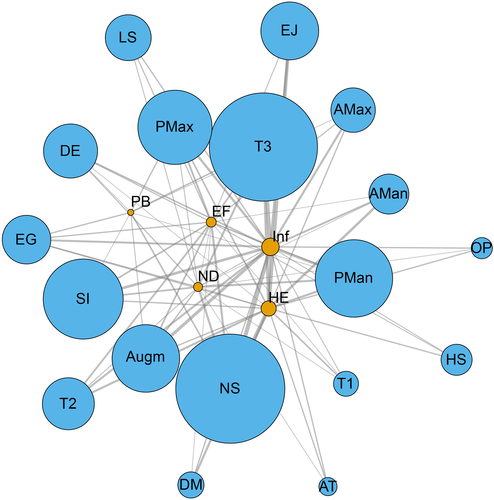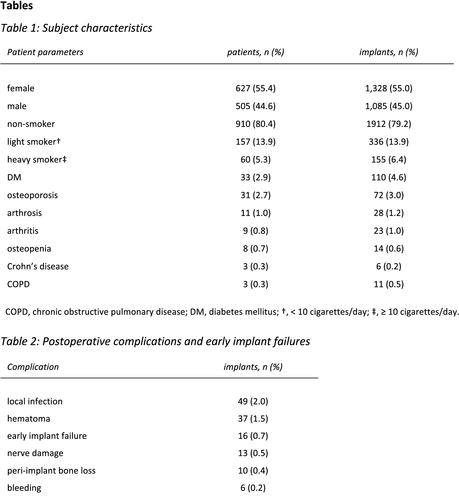A novel risk prediction model for postoperative complications and early implant failure
0FTPU ePOSTER CLINICAL RESEARCH – SURGERY
Background: Risk factors are routinely associated with postoperative complications ranging from local infection to severe neurological symptoms as well as implant failure. In dental implant research, risk prediction is predominantly based on stepwise logistic regression models. However, these have several biases that can result in negative consequences for clinical decision making. Instead, advanced penalized regression such as lasso is increasingly used in other fields of medical research.
Aim/Hypothesis: Our aim was to develop for the first time an advanced prediction model of postoperative complications and early implant failure based on penalized regression. We further aimed to show the imprecision of conventional models by comparing their results with those based on penalized regression.
Materials and Methods: We extracted data from our electronic patient records between January 1, 2016 and November 30, 2018 on postoperative complications including bleeding, hematoma, local infection, and nerve damage, as well as early implant failure. We collated patient- and implant-related risk factors including smoking and diabetes, as well as treatment parameters including types of gaps and surgical procedures. Using the R environment, we developed logistic mixed lasso models for prediction. We used postoperative complications and early implant failures as dependent variables and potential risk factors as independent fixed variables, also considering a random patient effect. Further, using R package lme4, we computed all univariable logistic mixed models for comparison. The level of statistical significance was set at alpha < 0.05.
Results: The sample included 1132 patients (mean age 50.6 ± 16.5 years, 55.4% female, 19.3% smokers) and 2413 dental implants (Table 1). Postoperative complications occurred in 71 patients (6.3%) (Table 2). The lasso revealed no significant correlations between the assessed risk factors and postoperative complications, including early implant failure, indicating that NOe of the risk factors were able to predict an increased or decreased risk for any of the complications or for early implant failure (network graphs shown in Figures 1a-b). In contrast, univariable regression models showed significant correlations between the timing of implant placement and early implant failure (P = 0.026), the indication for implant placement and bleeding (P = 0.024), the use of bone augmentation and nerve damage (P = 0.039), as well as smoking and hematoma formation (P = 0.003).
Conclusions and Clinical Implications: Keywords
risk factor, postoperative complication, early implant failure, data science, implant dentistry







